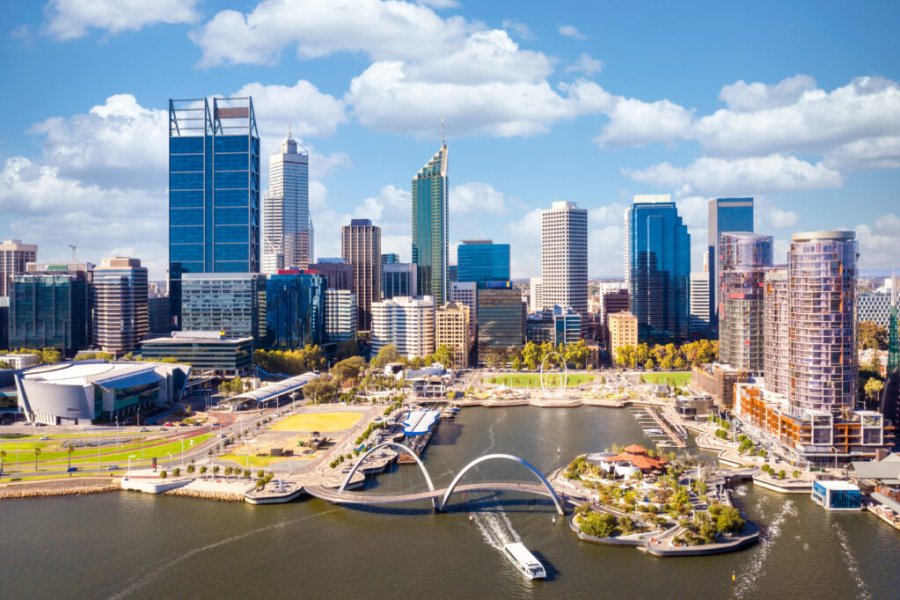Stay : In the footsteps of slavery
This tour takes you back into Ghana's past, to learn more about the history of slavery in Africa.
Summary of the stay
Best time to go
7 days
€€ - Charm and comfort
Where to stay - Accra ?
The map of your stay - Ghana
Detail of the stay : In the footsteps of slavery - 7 days
Day 1: Arrival in Ghana
Steps: Accra
Flight for Accra. Transfer to the hotel. The neighborhood tower. Typical meal in a restaurant. Night in Accra.
Day 2: Visit Accra
Steps: Accra, Cape Coast
VisitAccra's historic district, Jamestown , with its castle, slave forts and harbour. Christiansborg Castle, which houses the presidential office, can be seen in the distance. Built in 1659 by the Danes, it was used for the slave trade until 1876, when it became the residence of British governors when the capital was transferred from Cape Coast to Accra. The red-and-white Jamestown Lighthouse, or simply "The Light House", is visible from the moment you enter the district, offering a breathtaking view of the town center and the fishing port. This small fishing port offers an opportunity to admire ancestral scenes. The tour continues with the other forts. Ussher Fort is considered the oldest of the three(Ussher Fort, James Fort, Light House), converted into a prison until 1993. Dr Kwame Nkrumah was imprisoned here during the colonial era, as were all those fighting for the country's independence.
Day 3: Drive to Cape Coast, the former capital
Steps: Cape Coast, Elmina
On the way to Cape Coast, with a detour to Assin Manso. Assin Manso, some forty kilometers north of Cape Coast, was the last stop on the slave route, draining slaves from the African interior to the main castles of Christiansborg, Cape Coast and Elmina. At Assin Manso, the river that provided their last baths before the dungeons and holds of the ships is still known as "Nnonkonsuo" or the Slave River. Lunch at Assin Manso.
Continuation to Cape Coast. Visit Cape Coast Castle. Built in 1665 by the English. Discover its unique, well-preserved architecture. We pass through the museum, the men's dungeon, the women's dungeon and the Palaver Hall, where negotiations took place between buyers and suppliers of captives. The highlight of the tour might well be the passage through the "Door of No Return", which leads visitors as it did slaves in the 17th and 18th centuries, to the quayside where ships await, ready to set sail across the oceans to the New World. The guides, who are usually not without a sense of humor, like to joke: " We're about to pass through "The Door Of No Return", but today we'll be back! Dinner and a quiet night in Cape Coast.
CHATEAU DE CAPE COAST
Day 4: Modern Cape Coast
Steps: Busua, Cape Coast
Quiet breakfast. Morning tour of the fishing port at the foot of the castle. Then off to discover the Cape Coast of today, through its streets and market. Lunch stop in the popular shopping district of London Bridge. Lazy afternoon on the beach.
PLAGE
Day 5: From Cape Coast to Elmina
Steps: Elmina, Cape Coast
Only fifteen kilometers separate the two castles. So it's a leisurely drive after a lie-in. Just before Elmina Castle, you can visit Fort San Jago. Built by the Dutch in 1637 and completed in 1660, it is a military defense fort. Next comes a visit to Elmina Castle, the first and only of its kind in the whole of West Africa. Built by the Portuguese in 1482 (10 years before the discovery of the New World), under the command of Don Diego d'Azambuja. In the history of the triangular trade (Europe/Africa/America), 60% of the captives transiting the Ghanaian coast left from the castles of Cape Coast andElmina. Once you've visited these two slave trade buildings, it's easy to understand the emotion that can overcome some visitors to the point of tears. But as Ghana so rightly reminds us (through its guides), this legacy of history must guide us all, so that humanity never again commits such an injustice against humanity. Overnight stay at Elmina.
Day 6: Return to Accra
Stroll through the streets of Elmina, on the coast... Return to Accra for the night.
Day 7: Shopping day
Lunch in a good restaurant specializing in Ghanaian cuisine. Pack for the return flight.
How to get there - Accra
Book your activity - Accra
Book the Best Activities with Get Your Guide
Ideas for holidays and week-end breaks Ghana
-
Find a hotel
-
Car Rental
-
-5% on travel insurance-15% off travel insurance
-
Find a local agency






